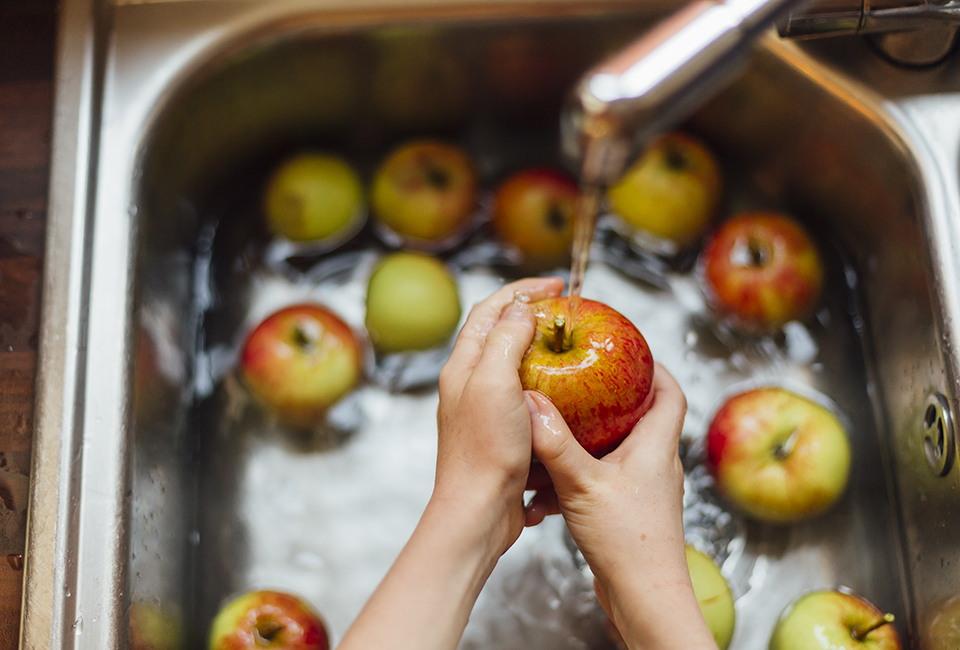The Water Cycle
Without the water cycle there would be no life on earth. Water is an amazing chemical that can change from one state to another and back again an infinite number of times!
To learn about the water cycle, let’s listen to our education adviser, Adele, telling you about what happens.
Once you've watched the video, have a go at some of our activities to find out where your drinking water comes from, and how we make it safe to drink. All of our activities use items that can be found around the home.
Activity 1
The water cycle
Water drawing
Using an old paintbrush, a sponge or even a water pistol, make some patterns with water on a wall or path in your garden. Check on your pictures after a little while – are they smaller? They might have disappeared completely! The water has evaporated and turned into a gas called water vapour. Try this in different weather and see what you observe.
Jumping water
Pop a plate into the fridge for a few minutes to cool it down. When it is ready, fill up a mug with warm water from the tap. Put the plate on top of the mug and leave it or a few minutes. Now check the underneath of the plate – how did the water ‘jump’ from the mug to the plate?
Just like in this experiment, the warm water vapour in the air rises up, then cools down high up in the atmosphere and turns back into liquid water; a process called condensation. You can also see this on the mirror in your bathroom when you have a bath or shower.
Perfect Precipitation
For this experiment, you will need a clean jar with a lid. The bigger the better! Put some water into the jar and leave it in a warm spot. After a while, you should see droplets forming on the sides of the jar and running down, just like rain. The warm water vapour has condensed at the top of the jar and is falling down as precipitation. To make this experiment really exciting, put some cotton wool or soil into the jar too, and sprinkle seeds on top. Cress seeds work really well, but if you don’t have any you can try finding seeds in your fruity snacks! What grows best?
Activity 2
Making water safe to drink
In our water treatment works, we collect water from rivers and reservoirs and make it safe to drink. We use three main processes: Flocculation, Flotation and Filtration, with the addition of chlorine as a disinfectant.
To learn about how we treat water, let’s listen to our education adviser, Charlotte, telling you about what happens.
You can read about how we treat water and return it safely back to the environment on our water cycle page.
Let’s do some experiments......
Flotation
You can have a go at removing objects from water using flotation with our raisin races activity. Fill a glass with fizzy water or lemonade, and then drop in a few raisins. Watch what happens – can you pick the winning raisin in the race to the top?
Filtration
Have a look on page four of our water environment project book for a filtration experiment you can do at home. What different materials can you find to make your filter with?
Here, Emma shows you how to make your own.
Activity 3
Distribution
Yorkshire Water maintain hundreds of kilometres of pipes, running under the roads to carry clean water to your homes, schools, hospitals and factories, as well as carrying wastewater away when you have used it. Collect some cardboard tubes and see how far you can carry a small ball by linking them together. Remember to use gravity to help you out by starting your pipe on a table or chair!
*top tips*
- Cut a slit in one end of your tubes to make it easier to fit them together.
- Make the perfect sized ball out of tinfoil or scrunched up paper if you can’t find one to fit through your tubes.

